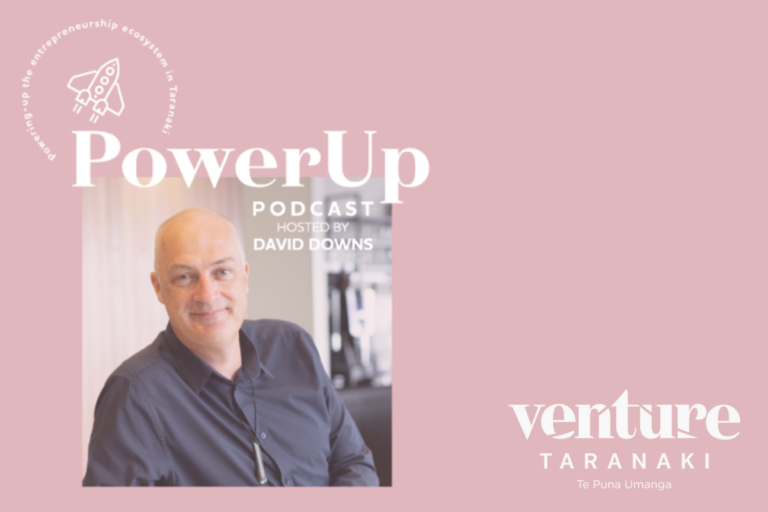
In Part 1 of this two-part series on forecasting, we discussed why it’s important for any size or type of business to get into the habit. Then we looked at four ways to help improve your forecasting accuracy. Here, we delve into the next four.
The point of forecasting is to give you a view of what’s most likely to happen in the future – so you can make decisions and plan, based on having the real data rather than relying on hunches. Below we’ll suggest some ways to ace your forecasting game – using your regular cloud-based business tools and looking at forecasting from a different perspective.
5. To move forward, start by going back
Unless your business is going to change dramatically in the next 12 months, the best place to start is your prior month’s financials. We recommend powerful cloud-based accounting software Xero, paired with other cloud-based business apps like Futrli and Spotlight to make forecasting easier and more accurate. Or simply download a monthly P&L into Excel, roll it forward and use it as a template to build out from.
Next, drill down into each number in a P&L statement, or on a balance sheet, to learn about the items, hours or people behind it. Does the forecast stack up when you express it in non-financial terms? How many customers do you need to reach the sales forecast? How many staff can you afford within your wages forecast, and can they deliver on sales projections?
Xero is also a good source of data for improving your forecasts, as are your cloud-based payroll system, sales lead pipeline or job management software. And if the idea of extra data entry and implementing another system has you tearing out your hair from under the many hats you wear… let us introduce you to our smart, friendly and efficient bookkeeping team. They’ll take care of it for you.
6. Step away from the forecast
After digging into your data, stress test the hell out of it by imagining some extreme scenarios. What if the market dropped 10%, or your raw material costs skyrocketed? What if you lost your star salesperson?
Once you’ve sketched out what you’d do if the worst happened, leave it alone for a week. Then come back and look at it with fresh eyes.
Your subconscious mind has probably been going through the initial assumptions this whole time. Ask someone you trust to review it and provide feedback. Yes, it takes a bit more time, but you’ll not only have a better understanding of your numbers, you’ll already have a plan for the unexpected.
7. Go above and beyond the P&L
Creating a P&L forecast is a great first step, and offers a fair idea of your short-term financial future. Ideally though, as well as forecasting profit and loss, you’ll also incorporate cash flow and balance sheet forecasting into the process. This is called a three-way financial forecast and will give you a full view of your future financials, rather than just one piece.
While there are some great online tools to help with three-way forecasting, a little knowledge can be a dangerous thing. Bearing in mind the complexities around GST, debtors, creditors, capital expenditure, depreciation and table loan interest – you may struggle to get an accurate three-way forecast by yourself.
8. Now, go forth with your forecast, and conquer
The most effective forecast for a business decision maker is the one you’ll actually use. With a click in Xero you can review last month’s profit against your forecast you’ll gain valuable insights that will help you take action.
But while a forecast is useful in deciding what to do next, it’s also helpful with getting your timing right: when to hire, when to upgrade the company car, when to invest in marketing…
As you build up a regular forecasting habit, think about how this practice can move the needle for your business. And if you need help getting started, our RightWay Business Partners are here with expert advice and practical strategies to harness the power of forecasting in your business.
















